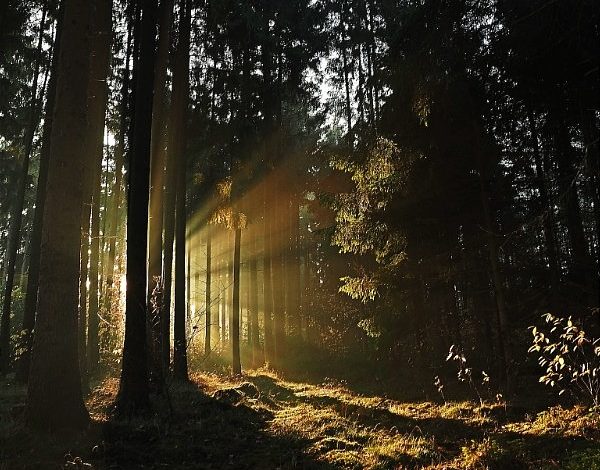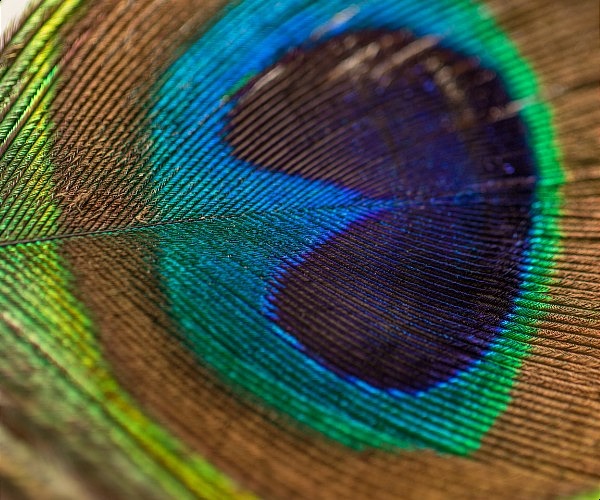10 top tips for making award-winning movies with your smartphone
/ 2023-02-11 00:19:43

Diplomat.Today
Paul Johnson
2023-02-11 00:19:43
——————————————-
Today is Global Movie Day, created to celebrate our favorite movies, and coincides with the Oscars. And with smartphones ruling the digital world, the film industry is also taking note of how phones can capture award-winning videos.
As far back as 2011, movies like “Olive” shot on a Nokia N8 smartphone were Oscar contenders; while BAFTA recognized a Missed Call short shot on iPhone X. More recently, Oscar winner Charlie Kaufman made a short film called Jackals and Fireflies, using Samsung’s Galaxy S22 Ultra smartphone.
Every year on the second Saturday of February, people share their excitement about movies with the hashtag #GlobalMovieDay and you can join in too, with inspiration from gimbal and lighting manufacturer Zhiyun. The company recently launched its Make It Real short film collection and here outlines 10 must-try tips for making better smartphone movies.
Bring subject and scene to life with natural light
Lighting the subject and the scene is everything. This does several things like grab the viewer’s attention, set the mood and also make sure the audience can see what you want them to see. You can do that with natural light or by creating a basic lighting setup that adequately illuminates your subject. Take a test shot after your frame is set to determine how it will look on camera.
The easiest lighting option is to use the sun; both powerful and free. Letting the sun illuminate your subjects creates a nice, even light that helps hide imperfections and bring out the colors in their eyes. However, the sun isn’t always available, whether it’s hidden behind a cloud or in the dark, so filmmakers must use whatever light is available to get the most flattering shots. Shooting on overcast or shaded days, or using a very sheer white curtain, can help soften sunlight when it’s too harsh.
Use LED lighting in indoor and low-light settings
There are important things not to avoid if you want the best possible shot of subject and background. While the sun is a great tool for lighting your subject, it can create unwanted shadows. Make sure you have your back to the sun to prevent your subject from ending up as a silhouette. As for lighting your subject, avoid strongly backlit settings. Smartphone cameras without advanced HDR capabilities usually cannot see the same detail as the naked eye, and during playback, images will output with a bright light that halos a dark figure with often no discernible features. To avoid this situation, you can try configuring a basic lighting setup.
If you don’t have access to natural light, it can be tempting to use a bright LED flash from a phone. However, this can result in overexposed images and washed-out colors and should be avoided. Alternatively, use some fill lights designed to faithfully reproduce colors.
Finally, avoid mixing all your light sources. When setting up video lighting, fight the urge to use everything you’ve got. Using color-competitive temperatures (think: warm light from a lamp combined with cool sunlight) is not ideal, as your camera will try to adjust to the new white balances. Daylight color lamps (5,000-6,000K) are available as a solution, but if in doubt stick to natural light.
Concentrate on the details
Think about telling your story. What do you want to portray and how can that be done through images that add interest and depth to your story?

For example, in addition to light, our eyes are also attracted to reflections. Look for opportunities to play with it in videos, such as puddles, larger bodies of water, mirrors, sunglasses, drinking glasses, and metal surfaces. Elsewhere, close-up images that capture small, intricate and delicate details can make scenes more interesting. Explore textures and patterns such as peeling paint, rough tree bark, a jagged roof or a dirt road.
Change the way you frame each shot
Placement of your subject in a movie is important. Completely fill the frame with your subject or film them slightly off center for added interest to create a more visually interesting scene. Play around and see what looks best. Let’s look at one of the most fundamental principles of film composition; the rule of thirds.
Imagine a 3 by 3 grid superimposed over the field you are filming. Instead of placing your subject right in the center of the shot, position your subject along one of the lines of the grid. The points where the lines intersect are particularly strong areas of visual focus, so if you can, place key elements of the video there.
Unleash creativity with smart edits
You can edit footage directly on your phone if it already has editing software built in, or by downloading an editing app. For those of you using a gimbal, there are plenty of apps with a ton of clever effects that come with it.

For example, the ZY Cami app can provide an intuitive solution for creating and editing video content. Why not let your imagination run wild with 4K video recording at 60 frames per second? You can also explore the panorama mode to capture the beauty of landscapes. Time Lapse, Hyperlapse, and Motion Lapse modes add dimensions and perspectives to your movie.
Accessorize with add-on lenses
There are now so many great accessories available in smartphone video kits that can enhance your footage with new effects.
Add-on lenses are a great place to start. A filtered lens tints the scene and elicits a certain emotional response from your audience. Certain additional lenses can add cinematic depth of field to your shots, others can create a fishbowl effect, often used when filming action sports such as skateboarding videos.
Stabilizes your recordings
A gimbal is essential for filmmaking with smartphones and essential to avoid shaky footage that looks amateurish and disorienting and takes hours to correct in post-production.
The gimbal head is an accessory you can buy to add to your tripod, which allows you to move the camera around the scene while maintaining the necessary stability. The grip rig is slightly different, being a handheld accessory with a similar purpose: stabilizing the image. This type of device may be better suited for videos that require a lot of movement or action.
For example, the SMOOTH 5S gimbal has helped filmmakers simplify shooting and unleash their creativity, especially for small teams on a budget. You can also find more movie inspiration here to help you create.
Create cinema sound
Sound is crucial if you want to keep your audience engaged. There are many options that allow you to externally capture quality audio for your smartphone recordings. The simple addition of an audio recorder, boom mic, and even wireless mics can make a huge difference to sound quality.
Audio recording devices can pick up any small sound, even an air conditioner or a train in the distance. With this in mind, as well as audio enhancement tools, you should pay attention to the locations where you shoot. In locations with a lot of background noise, such as train stations, you have to deal with train and announcement noise. Indoors, check for echoes and reflections from hard surfaces or other distracting noises.
Bring extra payload
Keep in mind that your smartphone’s battery won’t last long for a full-length movie, especially if you spend hours shooting. The last thing you want is for your phone to break down in the middle of a crucial scene.

Make sure your phone is fully charged before filming. Have a backup charger, preferably a wireless one, so you can keep filming even if your battery starts to get low.
Back it up
Always back up your recordings to an external device in case you lose the movie stored on your smartphone. Just use an external memory card or upload your movie to your computer and make a copy of everything for extra security. An external memory card also gives you extra storage space if your phone runs out of space.
——————————————-



